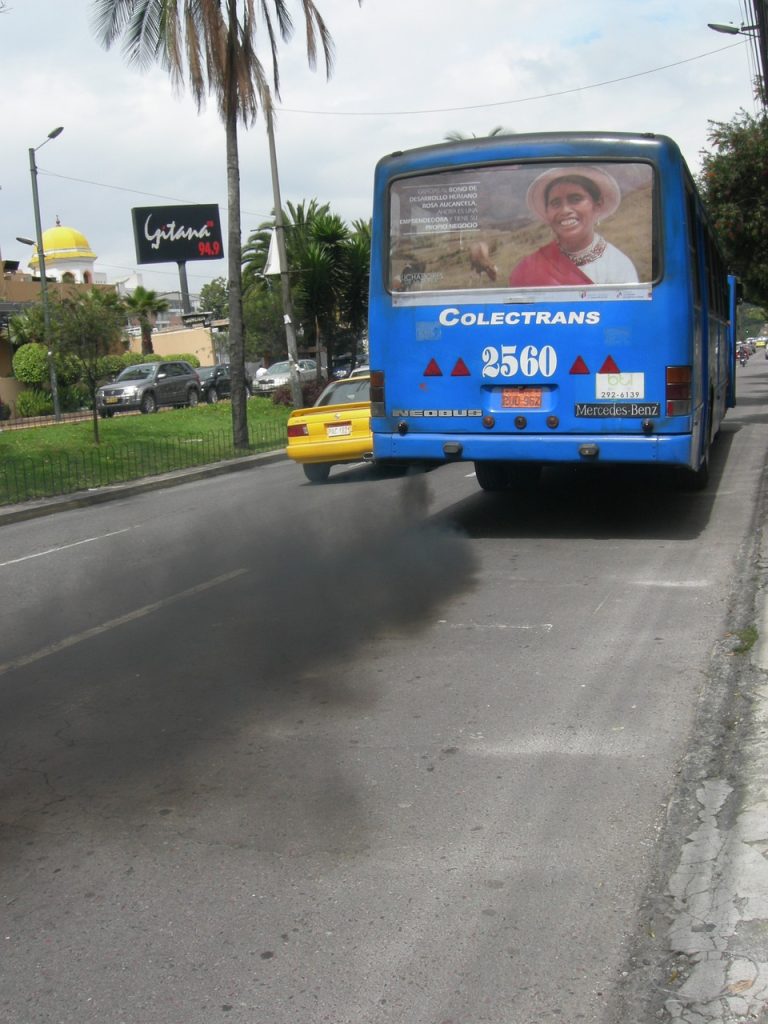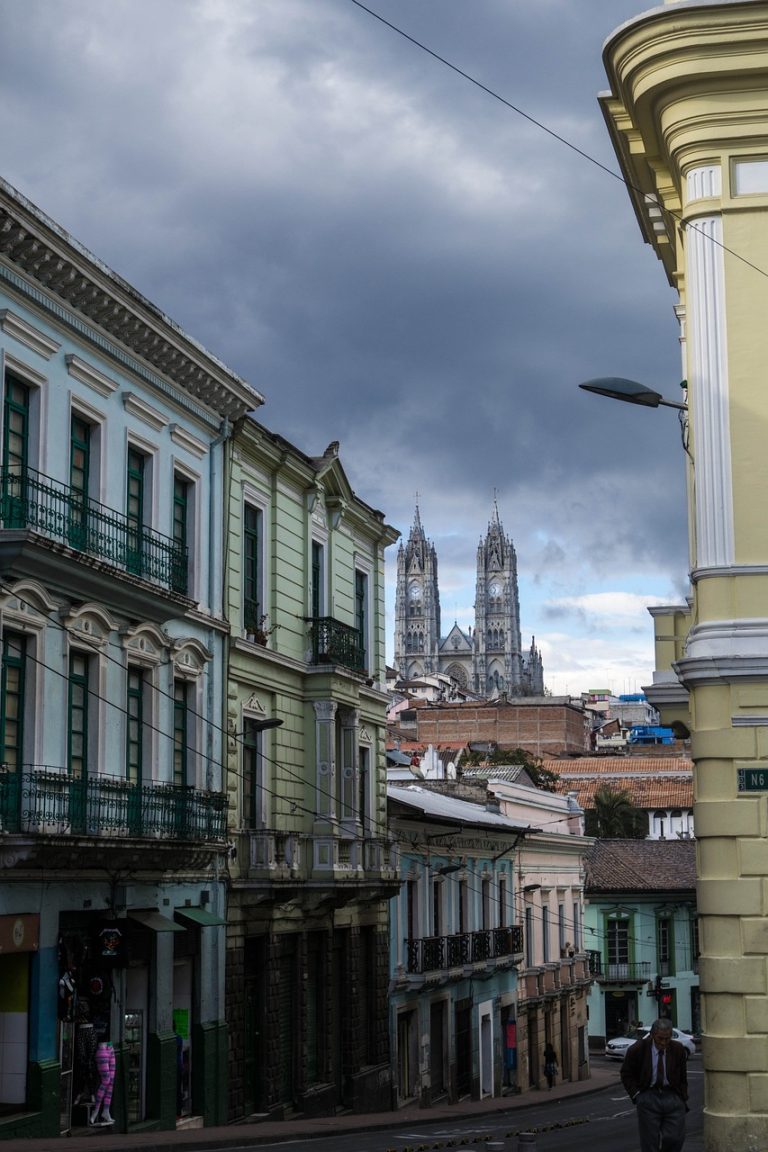Quito Ecuador Video
Public Transportation in Quito Ecuador: A Complete Guide
Quito, the capital city of Ecuador, offers a comprehensive public transportation system that allows residents and visitors to navigate the city efficiently. From buses to taxis and even a metro system, Quito provides various options for getting around. In this guide, we will explore the different modes of public transportation available in Quito, their routes, schedules, and fares, as well as tips for using them effectively.
Quito Ecuador Image 1: 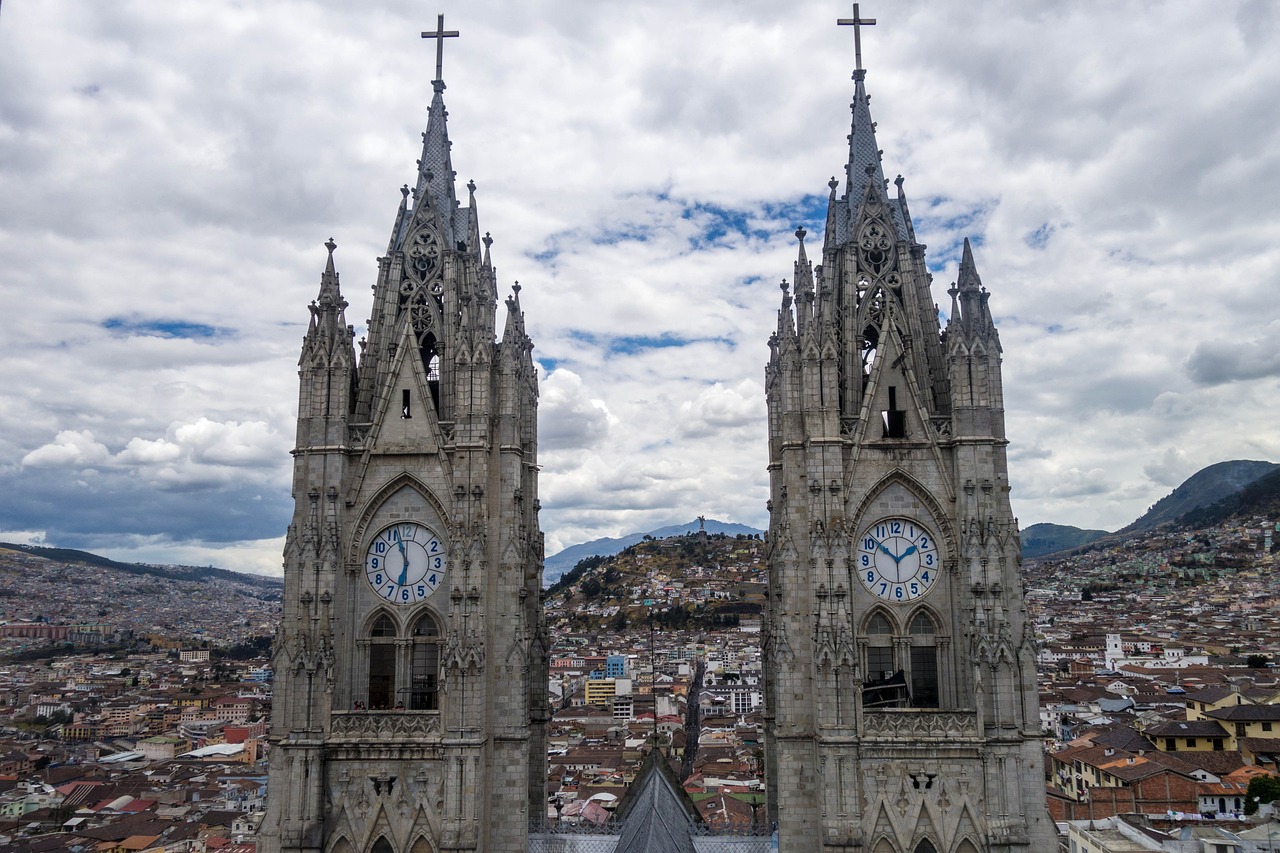
1. Metro System
The metro system in Quito is a modern and reliable mode of transportation that connects different parts of the city. It consists of two lines: Line 1 (Red Line) and Line 2 (Green Line). The metro operates from 5:00 AM to 11:00 PM on weekdays and from 6:00 AM to 10:00 PM on weekends and holidays.
- Line 1 (Red Line): This line runs from the north to the south of the city, passing through key areas such as the historic center, financial district, and residential neighborhoods.
- Line 2 (Green Line): Currently under construction, Line 2 will complement Line 1 by connecting the east and west parts of Quito.
The metro system offers a convenient and efficient way to travel around Quito, with trains arriving at stations every few minutes. The fares for the metro are affordable, and passengers can use a rechargeable card called “Metrocard” to pay for their trips.
2. Bus System
The bus system in Quito is extensive and covers almost every corner of the city. There are two types of buses: the Metrobus and the Ecovía. The Metrobus consists of red buses that operate on dedicated lanes, while the Ecovía comprises blue buses that also have exclusive lanes.
- Metrobus: The Metrobus serves the northern and southern parts of Quito, connecting with the metro stations along Line 1. It offers a fast and efficient way to travel within these areas.
- Ecovía: The Ecovía runs along the main avenue of Quito, Avenida 6 de Diciembre, providing transportation from the northern to the southern parts of the city. It is a convenient option for reaching popular destinations such as the historic center and the Carolina Park.
Both the Metrobus and Ecovía operate from early morning until late at night, with frequent service and affordable fares. Passengers can pay for their bus rides using cash or a prepaid card called “Bono.”
Quito Ecuador Image 2: 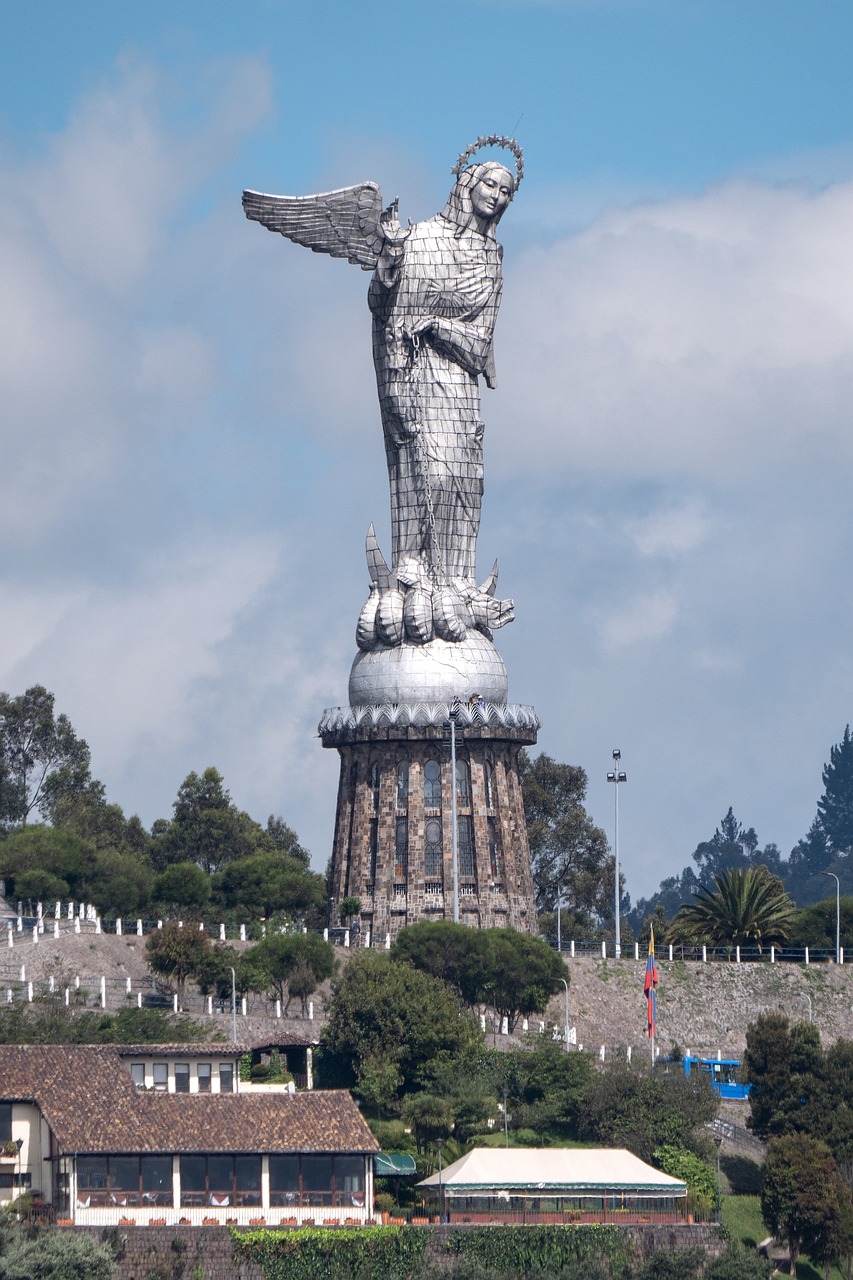
3. Trolleybus
The trolleybus system in Quito is another mode of public transportation that operates on electric power. It runs along the north-south axis of the city, covering important areas such as the historic center, La Mariscal neighborhood, and the southern districts.
- Trolleybus: The trolleybus offers a comfortable and eco-friendly way to travel around Quito. It has its own dedicated lanes, ensuring a smooth and efficient journey.
The trolleybus operates from early morning until late at night, with regular intervals between each trolleybus. Passengers can pay for their trolleybus rides using cash or the “Bono” card.
4. Taxi Services
Taxis are widely available in Quito and provide a convenient option for traveling short distances or reaching specific destinations. Taxis can be hailed on the street or booked through smartphone apps. It is important to ensure that the taxi you choose is licensed and has a working taximeter.
- Taxis: Taxis in Quito are yellow and have a green license plate. They are equipped with meters to calculate the fare based on distance traveled.
It is recommended to negotiate the fare or ask the driver to use the meter before starting the journey. Taxis are a safe and reliable mode of transportation in Quito.
5. Rideshare Services
Rideshare services like Uber and Cabify are also available in Quito, providing an alternative to traditional taxis. These services can be accessed through smartphone apps, allowing users to request a ride and track the driver’s location.
- Rideshare Services: Uber and Cabify are popular rideshare options in Quito, offering convenience and competitive fares.
Using rideshare services can be a convenient way to travel around the city, especially for those who prefer cashless transactions and a more personalized experience.
Quito Ecuador Image 3: 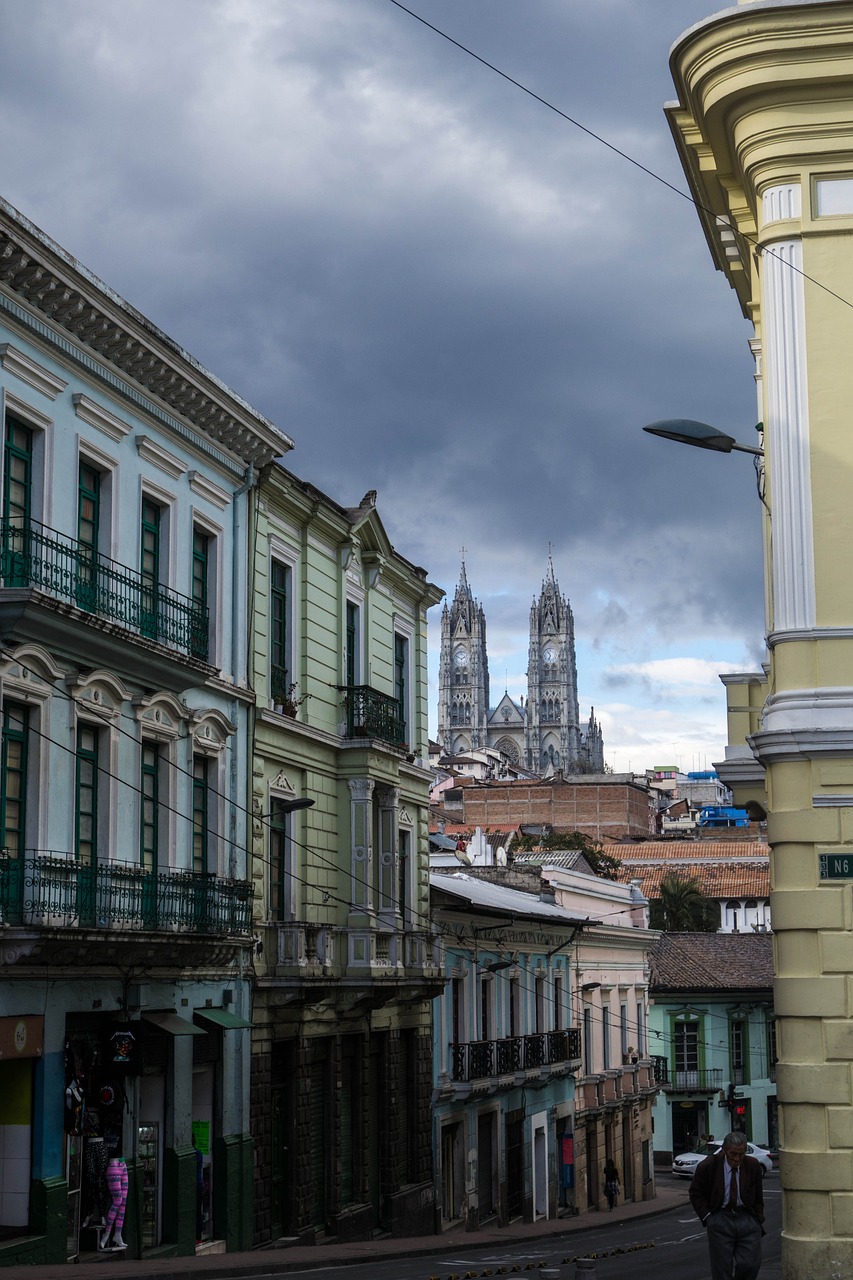
6. Cycling
Quito has been actively promoting cycling as a sustainable mode of transportation. The city has implemented bike lanes and cycling infrastructure to encourage residents and visitors to use bicycles for commuting and leisure.
- Cycling: Quito offers a bike-sharing system called “BiciQuito,” which allows users to rent bicycles for a certain period and return them to designated stations.
Cycling is a great way to explore Quito at a leisurely pace while enjoying the beautiful scenery and fresh air. It is important to follow traffic rules and wear appropriate safety gear when cycling in the city.
7. Additional Tips
– When using public transportation in Quito, it is advisable to carry small bills and change for paying fares.
– Be mindful of your belongings and keep them secure while using public transportation.
– Check the schedules and routes of buses, trolleybuses, and the metro in advance to plan your journey effectively.
– Avoid traveling during rush hours to minimize congestion and ensure a more comfortable experience.
Conclusion
Quito’s public transportation system offers a wide range of options to explore the city efficiently. From the modern metro system to buses, taxis, and rideshare services, there is a mode of transportation suitable for every traveler’s needs. By familiarizing yourself with the different options and planning your journeys in advance, you can navigate Quito with ease and make the most of your time in this vibrant capital city.
References
– Municipio de Quito: www.quito.gob.ec
– Metro de Quito: www.metrodequito.gob.ec
– Ecovía: www.ecovia.com.ec
– BiciQuito: www.biciquito.gob.ec




